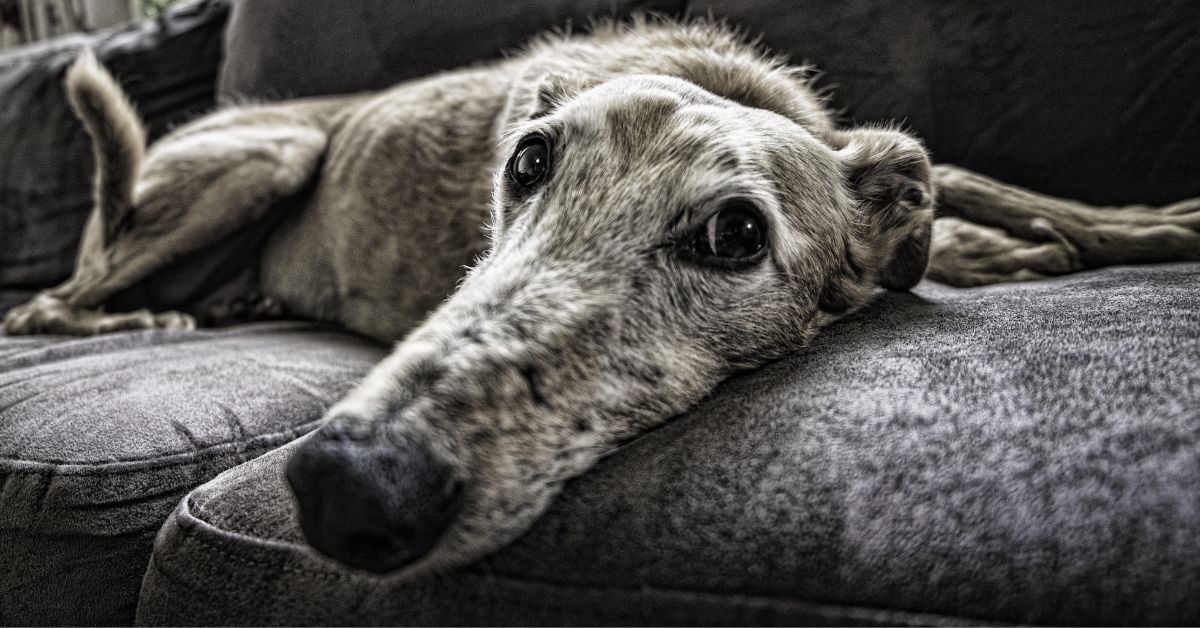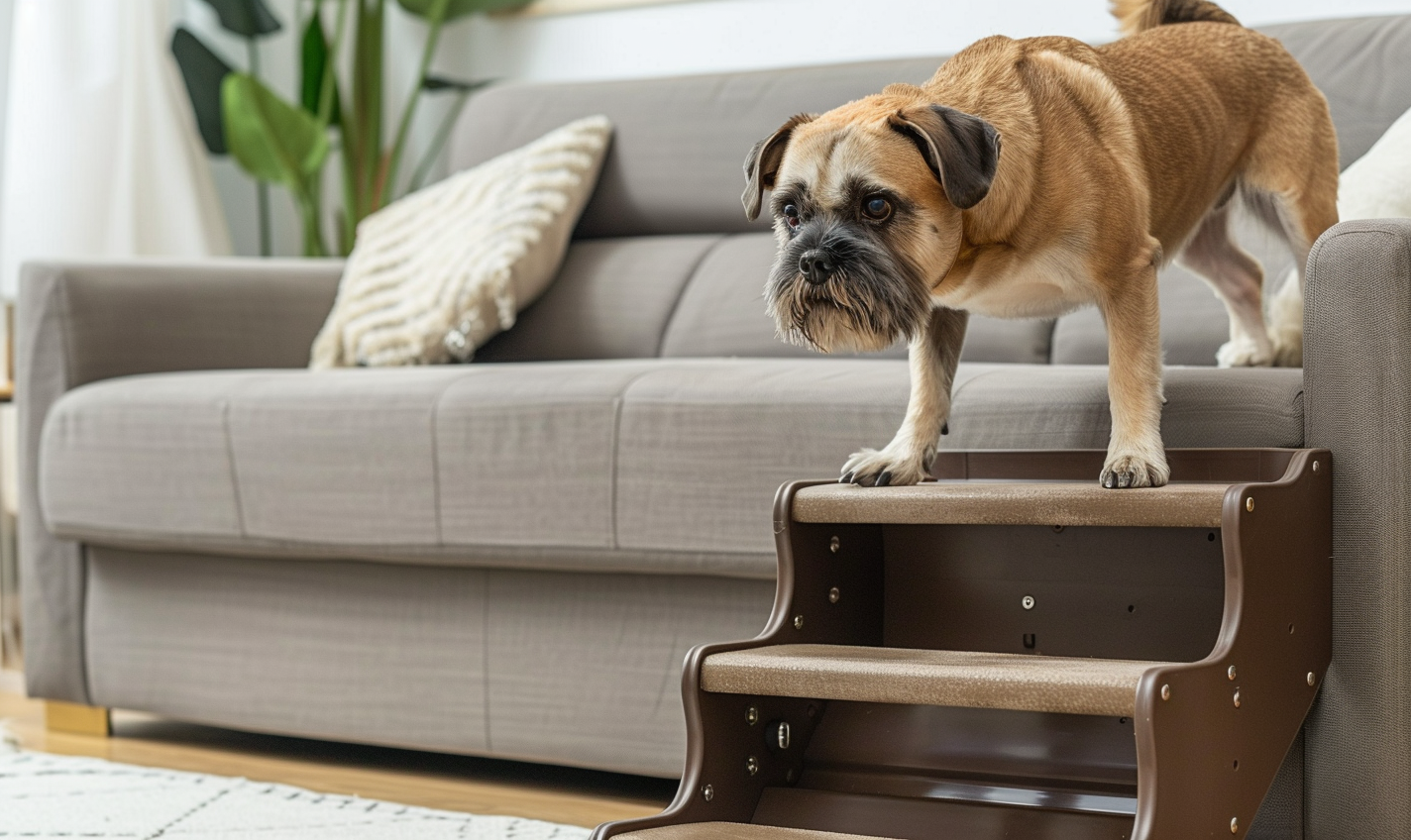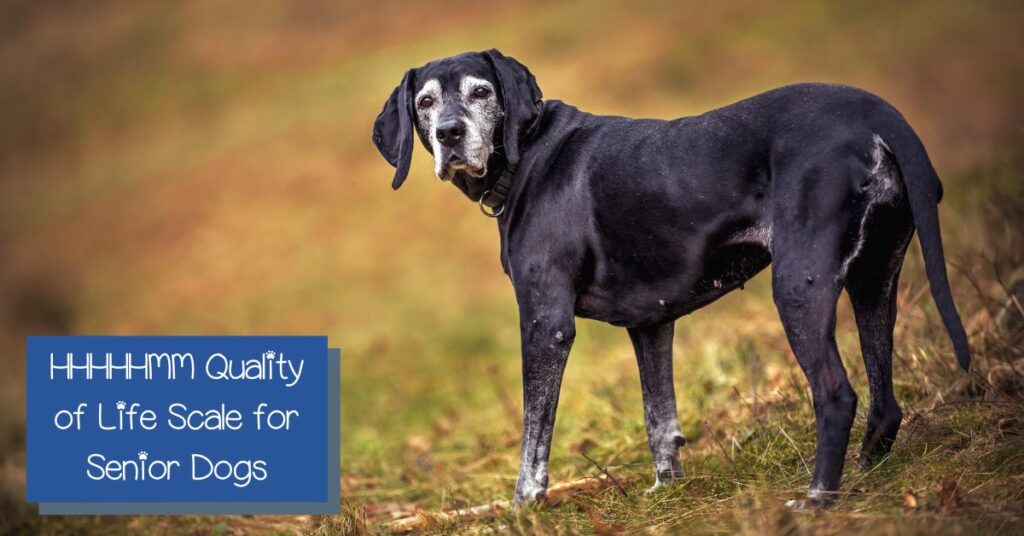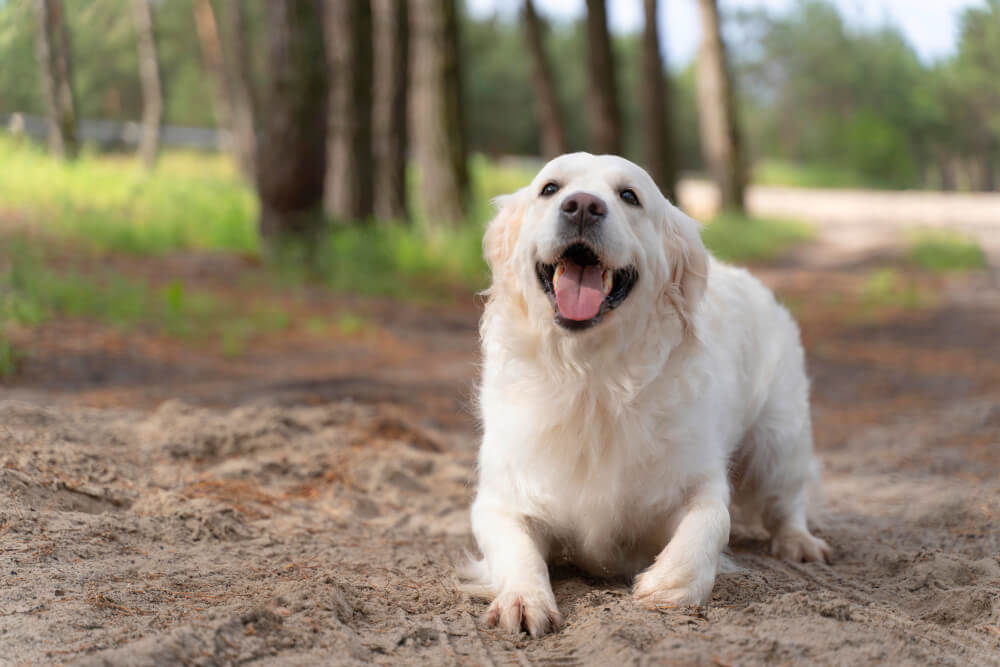As our dogs age, it’s essential to consider their quality of life. The HHHHHMM Quality of Life Scale is an excellent tool for evaluating how your senior dog is doing.
FAQ
Pet insurance is a health insurance policy specifically for your pet. It helps cover the cost of veterinary care, including accidents, illnesses, and preventive care, depending on the plan you choose.
Now is the best time to get pet insurance because veterinary costs are rising, and having coverage can provide financial peace of mind. Early enrollment often means better rates and coverage before any pre-existing conditions develop.
This article will introduce you to the scale and explain how you can use it to help make decisions about your dog’s care.
What is the HHHHHMM scale?
The HHHHHMM scale is a quality of life scale specifically for senior dogs by Dr. Alice Villalobos. Veterinarians developed it to help dog owners and caregivers assess their dog’s quality of life daily. The ranking includes seven factors: hurt, hunger, hydration, hygiene, happiness, mobility, and more good days than bad days. Each element is given a score of 1-10, with ten being the highest possible.
- Fetch machines
- Blaster
- Sling
- Thrower
- Fetch machines
- Blaster
- Sling
- Thrower

Table of Contents
HURT
If your senior dog is in pain, it’s essential to do everything you can to make them comfortable. The HURT quality of life scale can help you determine how much pain your dog is in and what treatments may be necessary. HURT quality includes adequate pain control, including the ability to breathe.
HUNGER
One of the critical indicators of a senior dog’s quality of life is hunger. A dog no longer interested in eating is often in the final stages of life. However, loss of appetite can also be a sign of other health problems, so it’s essential to consult your veterinarian if you notice your senior dog isn’t eating as much as usual. You may need to change his diet to ensure that he gets enough nutrients, but only a vet can really help you determine that.

Quick disclaimer: if you decide to purchase a SpotOn virtual fence for your pup through my referral link, I’ll earn a small commission at no extra cost to you. Also, this is not a sponsored review. I never delete the negative comments and talk about negative things compare to many other reviews.
Due to ongoing supply issues with electronics, the SpotOn fence might not occasionally go out of stock. If you see it available and decide it’s right for you, I recommend grabbing it right away.
HYDRATION
Hydration is one of the most crucial things that all living things need to survive. Like humans, dogs can go far longer without eating than they can without drinking. Dogs of all ages need plenty of fresh, clean water to drink daily, but it’s especially important for seniors. As dogs age, they are more prone to dehydration due to changes in their metabolism and kidney function.
You can do a few simple things to ensure your senior dog stays adequately hydrated. First, always have fresh water available for them to drink. Always. Even if that means you have to invest in a water fountain or some other gadget that ensures a constant supply of H2O. Since senior dogs may need to drink more, make sure you bring along a portable water bowl when you go out together. If you notice that Fido isn’t drinking enough, but he’s still eating, you can also try either switching to or incorporating wet food into his diet (again, talk to your vet first).
HYGIENE
As our furry friends age, they often require more assistance with grooming and keeping themselves clean. The HHHHHMM Quality of Life Scale for Senior Dogs measures a dog’s ability to maintain his own hygiene, primarily in terms of grooming himself. A dog unable to do this on his own may have a lower quality of life. Sometimes, lack of hygiene is a sign of pain. It hurts Fido to bend and contort his body the way he used to when he was cleaning himself. Again, this sign on its own doesn’t mean that your dog’s quality of life is virtually non-existent, but it’s something to watch out for.
HAPPINESS

Happiness is probably the most subjective measurement on the HHHHHMM Quality of Life Scale. How do we measure something in our dog that we can’t even measure in ourselves? There’s no magic formula or equation to help you figure out how much he’s enjoying his life. But you know your pup better than anyone on the planet, so chances are you’ll intuitively know when he’s reached the point where he’s having more bad days than good. More on that in a moment.
MOBILITY
Mobility is an essential factor in the quality of life of any senior dog. If your dog is having trouble getting around, it can impact their ability to do the things they enjoy and make them feel isolated and lonely. It’s essential to keep an eye on your dog’s mobility and to talk to your vet if you notice any changes.
You can do a few things to help your senior dog stay mobile. First, make sure they are getting enough exercise. Regular walks or runs will help keep their muscles strong and improve their flexibility. You can also try giving them joint supplements to help reduce inflammation and pain. Finally, be sure to talk to your vet about any changes in mobility so that they can help you create a treatment plan.
MORE GOOD DAYS AND BAD
When your pet has too many bad days in a row or appears to be “turned off” to life, his or her quality of life suffers. Like “Happiness,” this one is incredibly subjective. After all, what counts as a “good day” versus a bad one? Again, how well you know your dog plays a role in figuring this one out.
What is an acceptable score on the quality of life scale?
So, now that you know what the HHHHHMM Quality of Life Scale is, the big question is how do you use it? How do you know whether your dog’s score is good or bad? Perhaps most important, how do you know when a “bad” score means that it’s time to let go? There’s really no perfect answer. The scale was designed as a tool to guide you, not give you an outright answer as to when you should euthanize your beloved companion.
That said, VCA Animal Hospital considers either at least a 5 in each category OR an overall score of 35 (out of a total of 70 points) to be acceptable. But much of that score relies entirely on YOU being objective when evaluating your dog’s quality of life. One way to do that is to keep a journal (or even a sheet of paper) to track your dog’s well-being.
I recommend creating two sections to fill in each day. In the first section, jot down strictly objective and measurable notes. For example, write down how much Fido ate and drank, how often he went out to go potty, and whether or not he groomed himself that day. Try to keep emotion out of it. If you notice that Fido didn’t seem all that interested in his morning walk, don’t say that he “seemed depressed.” Just write “Didn’t want to go for walk this AM.”
In the second section, write out your subjective observations and perceptions. Here is where you mention that he seemed depressed, or that he wasn’t acting like himself. Trust your gut, write what YOU feel, too. There’s no right or wrong in this section. No measurements to take, no data to calculate.
Pros and Cons at Glance
- Financial Protection
- Access to Quality Care
- Peace of Mind
- Preventive Care Options
- Monthly Premiums
- Exclusions and Limitations
- Upfront Payments
- Complex Policies
Advantages of Pet Insurance

Pet insurance helps cover the cost of unexpected veterinary bills for accidents and illnesses, protecting you from significant out-of-pocket expenses. Monthly premiums make it easier to budget for your pet’s healthcare needs.
Insurance allows you to afford a wider range of treatments and procedures, including emergency care, surgeries, and specialist consultations. Some plans include coverage for preventive care such as vaccinations, dental cleanings, and annual check-ups.
Disadvantages of Pet Insurance

The need to pay monthly premiums can add up, and if your pet remains healthy, you might feel like you’re not getting your money’s worth. Pet insurance typically does not cover pre-existing conditions, which can be a significant drawback if your pet has ongoing health issues.
Certain policies exclude hereditary or breed-specific conditions, limiting the coverage available. Most pet insurance plans operate on a reimbursement basis, meaning you must pay vet bills upfront and then wait for reimbursement, which can take time.
Author
Ryan
Writer


